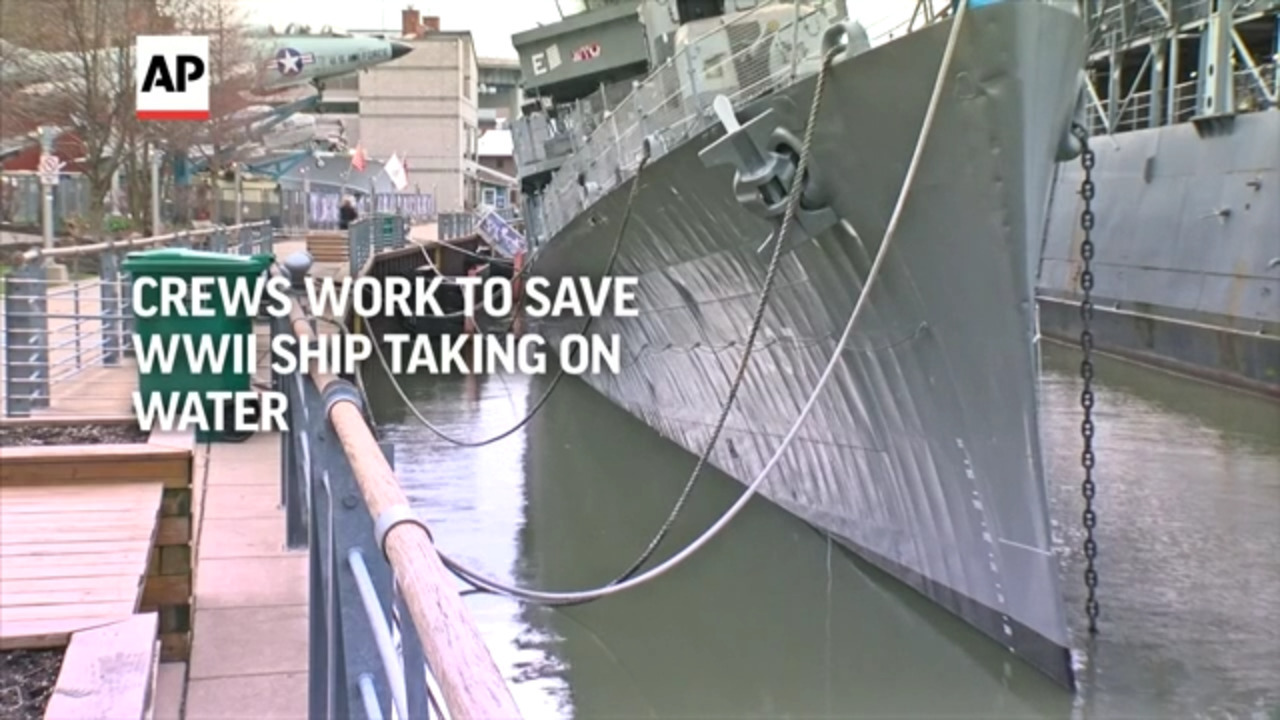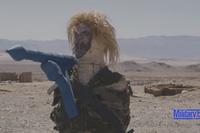A decommissioned World War II-era destroyer docked near downtown Buffalo in New York is taking on water and listing...
BAE Systems Future Aircraft Concepts
Scientists and engineers at BAE Systems have lifted the lid on some futuristic technologies that could be incorporated in military and civil aircraft of 2040 or even earlier. The Transformer is a flexible aircraft system that combines smaller jets for more efficient travel, before having them split apart to quickly adapt to any scenario. The concept can be tailor-made to suit any scenario. For longer journeys, smaller sub-aircraft can be combined together during travel, to increase the range of the jet and save fuel through reducing 'drag'. Once they have reached their objective however, the craft can then split off and adapt to any given situation -- whether that is going on the offensive if threatened, or performing functional tasks such as surveillance or the dropping of supplies. The Survivor technology allows jets to quickly heal themselves from damage sustained in flight. The technology is a lightweight adhesive fluid inside a pattern of carbon nanotubes from which the aircraft is constructed and is released when damaged to quickly 'set' mid-flight and heal any damage. This advanced use of materials would create a highly survivable jet, capable of entering even the most dangerous of scenarios to complete vital missions. Directed Energy Systems is a futuristic attachment weapon for aircraft that is capable of firing a concentrated beam of energy at the speed of light. Currently in use on battlefields today are Directed Energy Systems which can be used to protect ground troops from incoming projectiles such as missiles or mortars via concentrated energy beams. In future, these could be adapted into an attachment for aircraft, taking that capability to the air, allowing fast-moving jets to destroy targets mid-air with incredible accuracy, at a low cost per beam, and with a very deep magazine which holds beams. On-board 3D Printing means that smaller unmanned aircraft -- or UAVs -- are created by super high-tech on-board 3D printers, via Additive Layer Manufacturing and robotic assembly techniques. The 3D printers respond to data fed to them by a remote control room where a human commander decides what should be produced. The UAVs are best suited to each scenario -- be it a group of wide-winged aircraft for protracted or enduring surveillance -- or rotary-winged UAVs to rescue single civilians or soldiers from dangerous situations. After use the UAVs could render themselves useless through dissolving circuit boards or they might safely land in a recoverable position if re-use was required. This creates the ultimate adaptable taskforce, with a lead aircraft able to enter any unknown scenario and quickly manufacture an effective toolset for any task.



